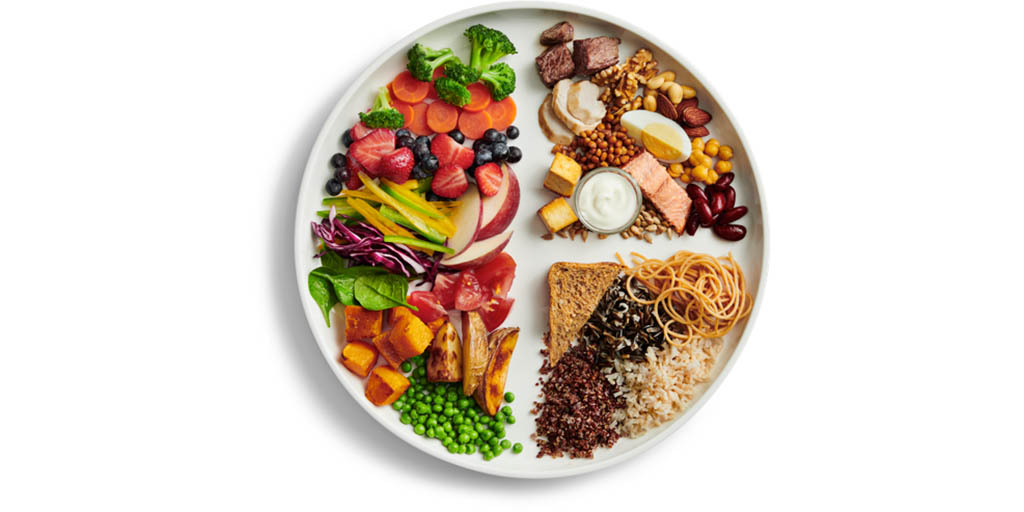A breakdown of Canada's newly implemented Food Guide
 CREDIT: HEALTH CANADA (CANADA.CA)
CREDIT: HEALTH CANADA (CANADA.CA)A Fanshawe professor discusses the new food guide and the changes made.
On Jan. 22, Health Canada revealed a revamped version of Canada’s Food Guide, replacing the outdated 2007 food guide.
Since the creation of the food guide in 1942, it has been updated at least once a decade.
The newly updated food guide features a plate split into three categories. Half of the plate consists of fruits and vegetables, a quarter of the plate is protein, and a quarter is whole grains. The protein portion is a combination of meat, dairy, and plant-based protein, such as beans and tofu.
In all of the food guides prior to this edition, meat and dairy had their own categories.
Serving suggestions are not included, but are now replaced by portion sizes as showcased on the plate. The guide suggests water as beverage of choice, encouraging sugar-free hydration, which protects teeth from frequent exposure to sugar.
Manuel Quinones, a Fanshawe fitness and health promotion professor, explained the changes in the food guide, saying that it’s much easier to follow.
“I think the emphasis [on dairy] was taken away because of the high content of saturated-fat in these food groups,” Quinones said. “If we look at the intake of saturated-fat, probably the majority of it is coming from dairy and also meat.”
Quinones said he believes the meat and dairy sections were taken out because of concern of cardiovascular disease when consuming these saturated fats.
“The guide deemphasizes the consumption of animal protein and they are trying to base it more on plant protein. However, I think the main concern is the effect saturated fat has on your cardiovascular health, but we have known for many years that the two aren’t really well correlated,” Quinones said.
Quinones said that before the dairy section promoted the intake of protein and calcium, but now the food guide has more suggestions on where to get these, such as beans, lentils, and vegetables.
The Government of Canada’s website notes other important aspects of eating such as cooking more often, enjoying your food, eating with others, using food labels, being cautious of fast-food marketing, and limiting foods with high levels of sodium, sugar and saturated fat.
One food Quinones said many individuals lack in their diet is fish, which is featured on the new food guide under protein.
“One of the things we don’t eat a lot of is fish and the recommendation is to eat at least a couple servings a week of fatty fish. It contains omega-3 [fatty acids], which is an essential fat we need in our diet,” Quinones said.
While the new food guide serves exclusively as a guide, different individuals have different needs.
“When it comes to nutrition, it’s not one-size-fits-all approach,” Quinones said.














